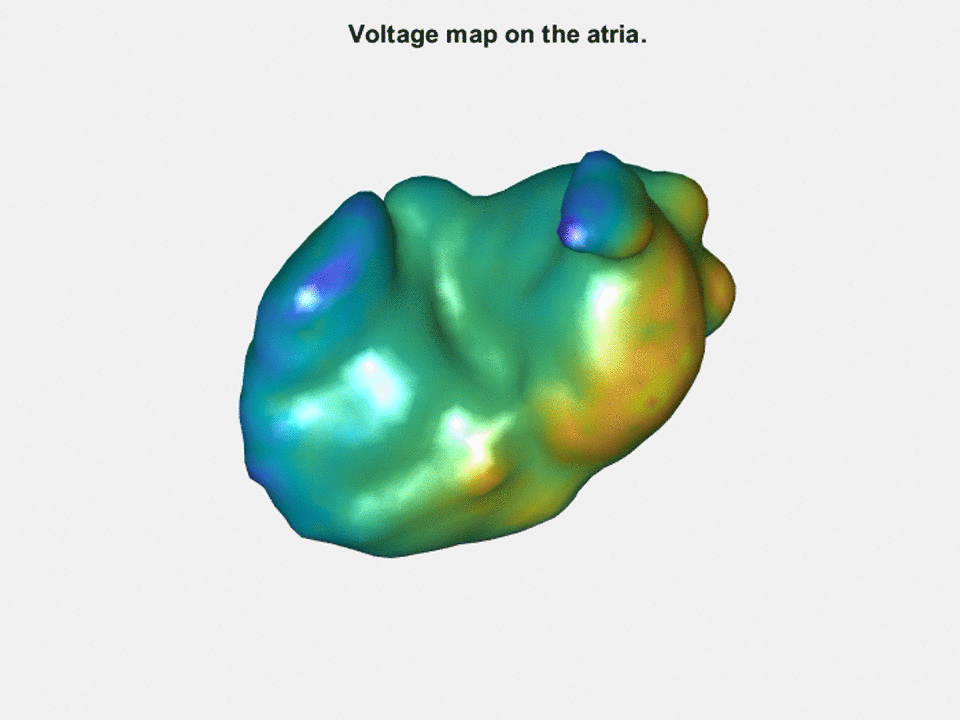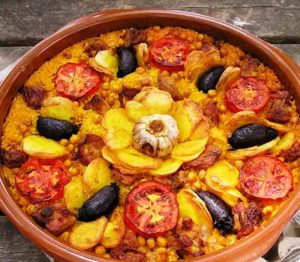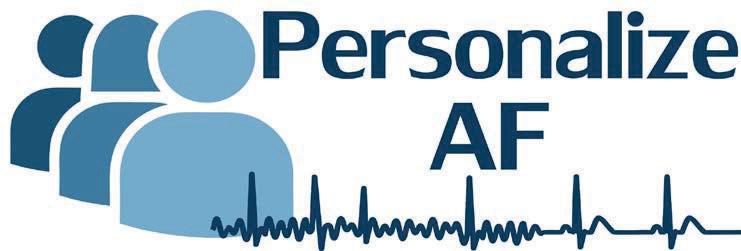ECGI, AF, and food
Providing some background
Before starting to explain all the things I do, I think guys you deserve a more detailed explanation about my project and some background to understand it. I think this post is a nice opportunity to do so, right from the beginning. So, for those who do not remember, ESR 11 position is dedicated to the post-processing of ECGI signals in order to identify atrial fibrillation (AF) drivers. But what is ECGI? and the AF drivers I am trying to find? I promise to be as concise and clear as possible.
ECGI stands for Electrocardiographic Imaging. This technology allows to solve what we call the inverse problem of electrocardiography. Long story short, this problem consists in reconstructing the electrical activity of the heart out of a set of voltage signals registered on body’s surface. In clinical practice, it is very common to register voltages on patient’s torso by using 12 electrodes placed at well-defined locations. These signals are called electrocardiograms (or ECGs), and I am sure you have already heard about them. In our case, as we want to characterize in depth the electrical activity of the heart in order to understand well the mechanisms driving each AF episode, we need way more ECGs (between 64 and 200, depending on the implementation). But how can we reconstruct the electrical activation patterns right on the heart from some measurements obtained on the torso? Well, this is a quite complex question to answer without getting too technical, so let’s say that we do it by introducing some extra information in the problem: the anatomy of the patient. Specifically, the anatomical information required consists of a 3D geometrical model of the torso and the heart. Usually, magnetic resonance imaging (or MRI) is used for this purpose, although some alternative technologies are being studied in order to save time and money, but I will say more about this in future posts. So, now that you know a little bit more about ECGI, please check in the figure bellow how cool are the voltage maps you can obtain with this technology.

As you can see, this map provides a nice overview of how the electrical activity is propagated in the atrium, making from ECGI a great tool for both, AF characterization and also for supporting AF treatment in interventions like catheter ablation. Besides, voltage maps are only one of the different ways in which you can represent the electrical activation pattern in the heart. For the sake of briefness, I will present the rest of maps in future posts. For now, I will just mention that this kind of maps are the building blocks I will be using for developing and evaluating algorithms that identify AF mechanisms. This won’t be an easy task, let me explain you why.
Right now, there is not a full agreement on whether AF is produced by multiple propagation waves in an abnormal atrial substratum, or by well-defined and localized mechanisms that trigger the arrhythmia. These two theories are supported by observations, so I guess that AF must be a combination of both, in different levels, and depending on the patient of course. This fact makes from AF a very heterogeneous disease, in which, sometimes it will be easy for an automatic algorithm to identify the mechanism behind it, while in others, it can be extremely difficult. However, despite all the difficulties I will find, I hope I will be able to provide robust ways to characterize ECGI signals so AF can be treated successfully. In the next post I will introduce you to some mechanisms I am looking at in the ECGI, so keep yourself tuned because there are still many things to say about this topic!
But before going, I take the suggestion from Alexander Lacki (ESR 15) and present my dish. It is indeed very typical one from Valencia (and one of my favorites). I could spend quite a lot of time talking about it, but as a picture is worth a thousand words, I will leave here photo so you can have an idea on what arroz al horno is about. I will only say that it tastes even better than it looks, so for more information come to Valencia and try it!

